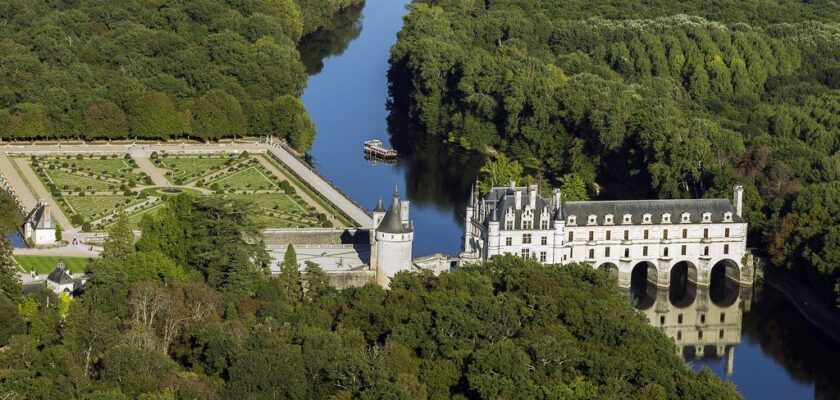Château de Chenonceau
Château de Chenonceau is one of the most romantic and tourist favorite estates in the Loire Valley. The ancient castle is so popular that many consider it the most beautiful attraction in France. The territory of Chenonceau is privately owned, but it is open to visitors all year round, and anyone can take a photo of the old buildings and park as a souvenir.
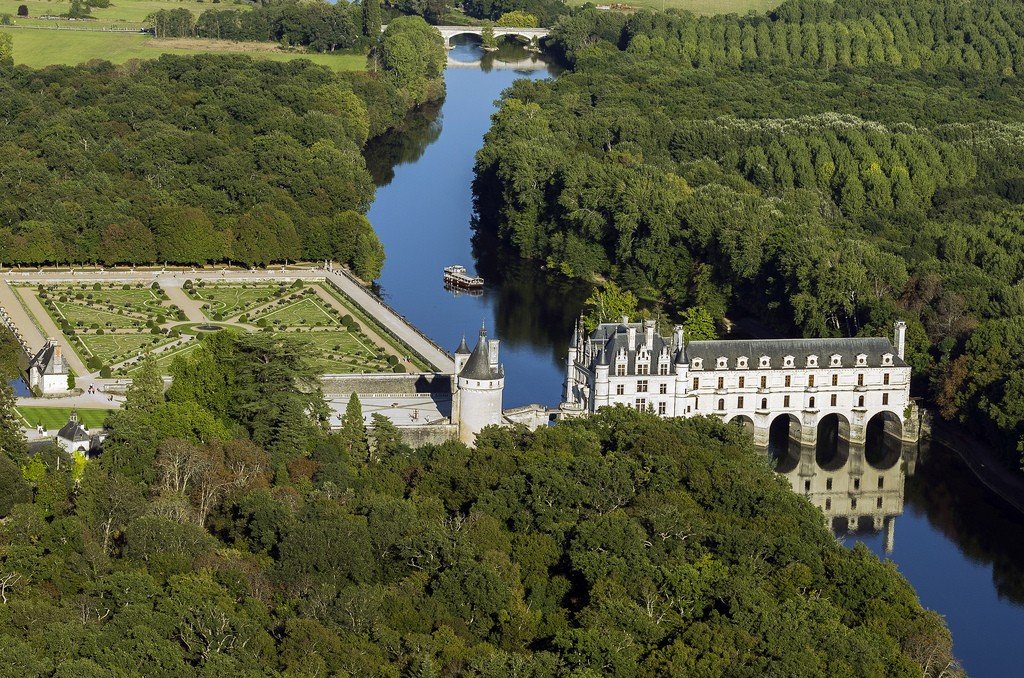
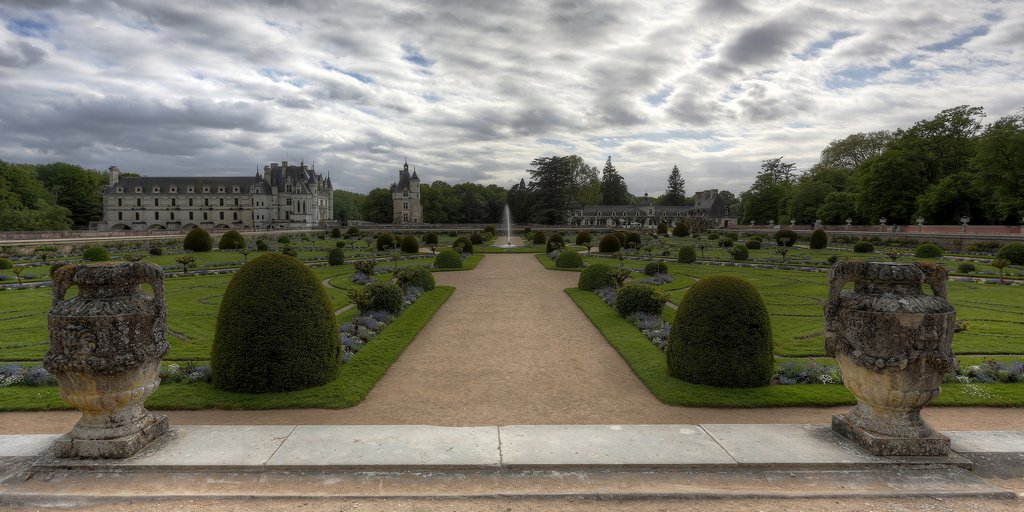
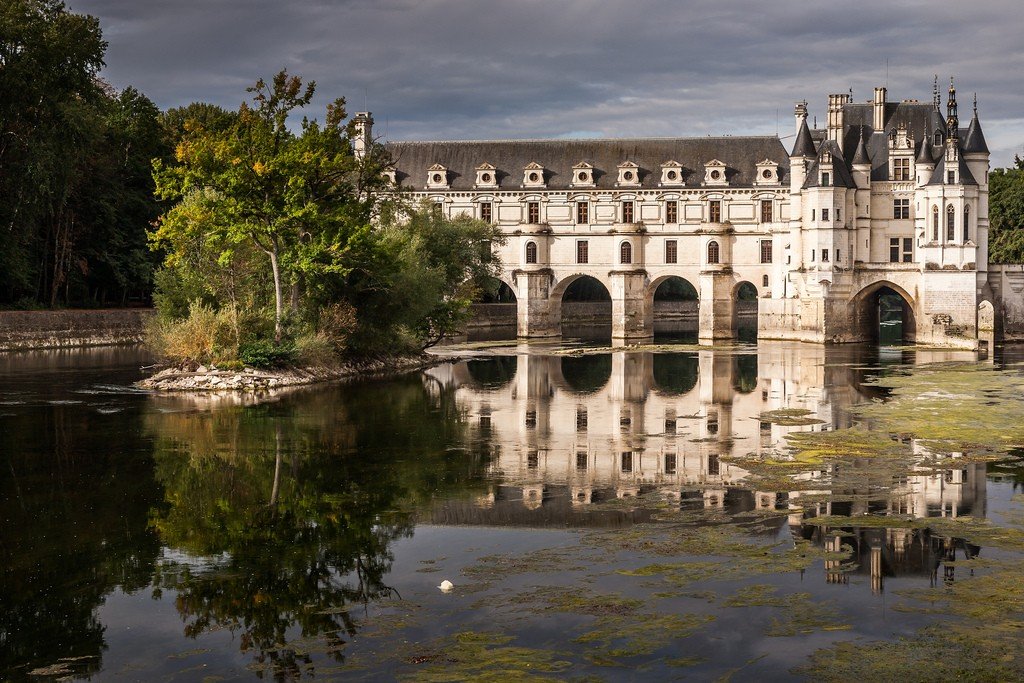
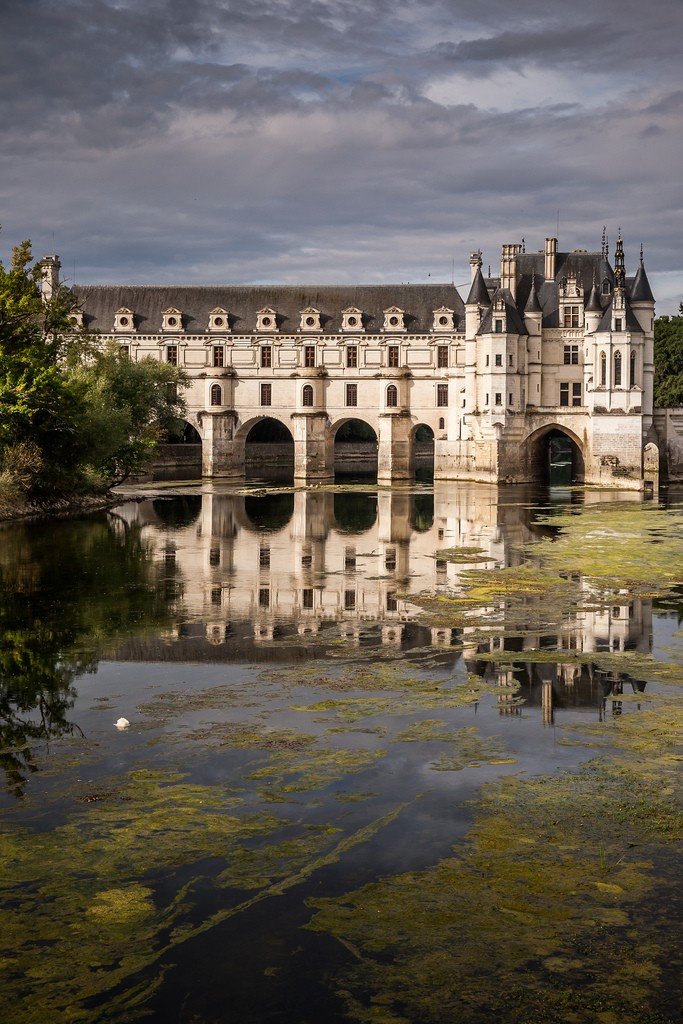
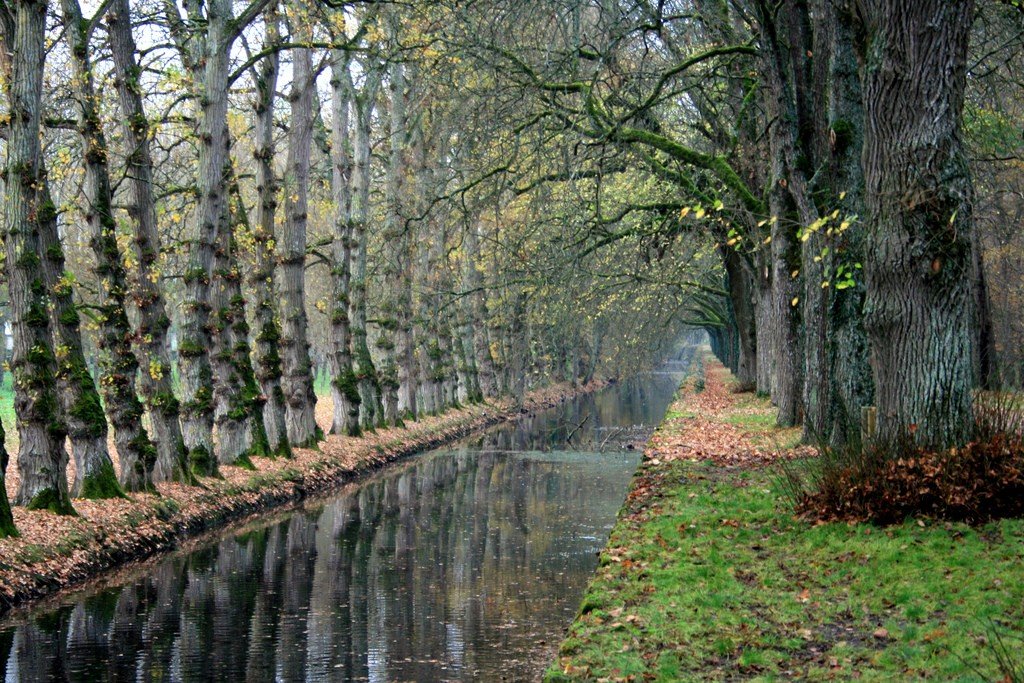
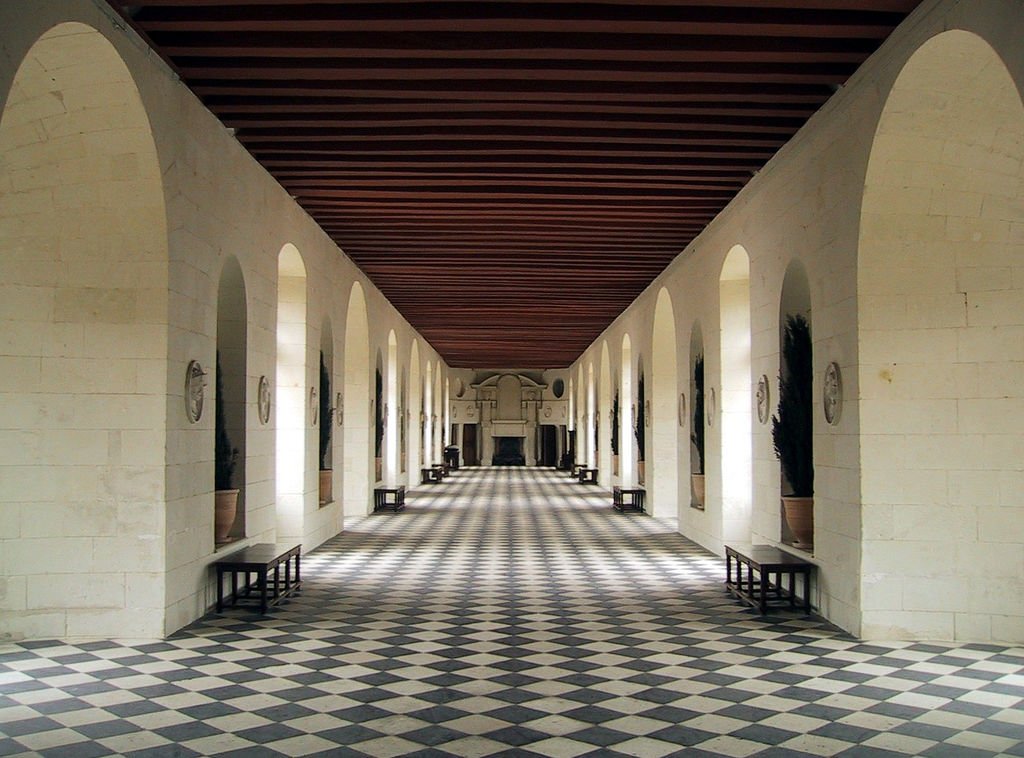
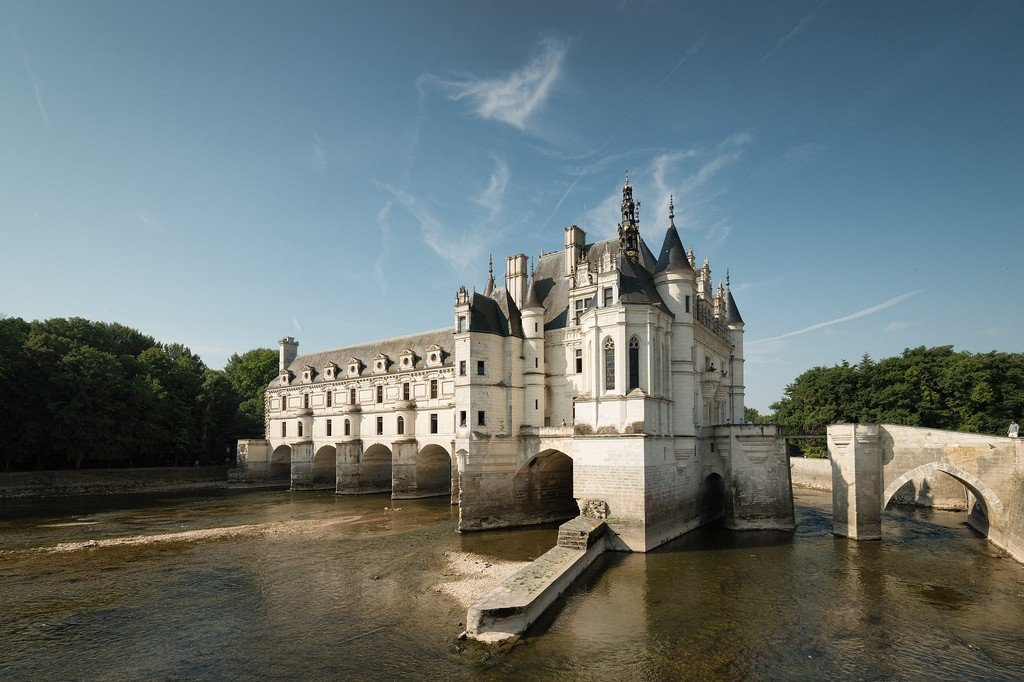
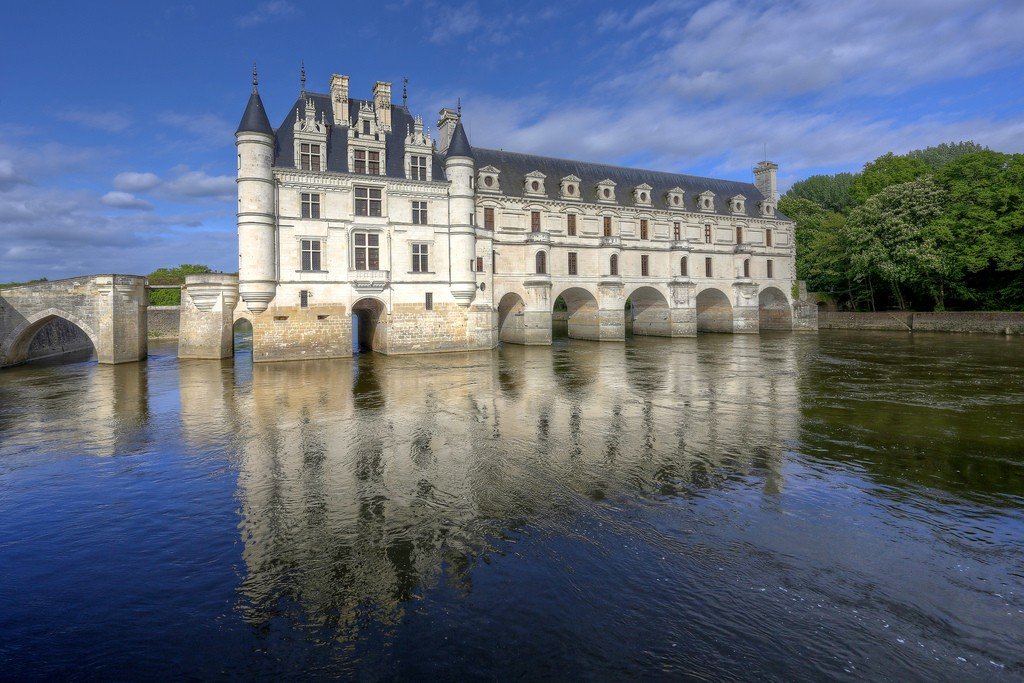
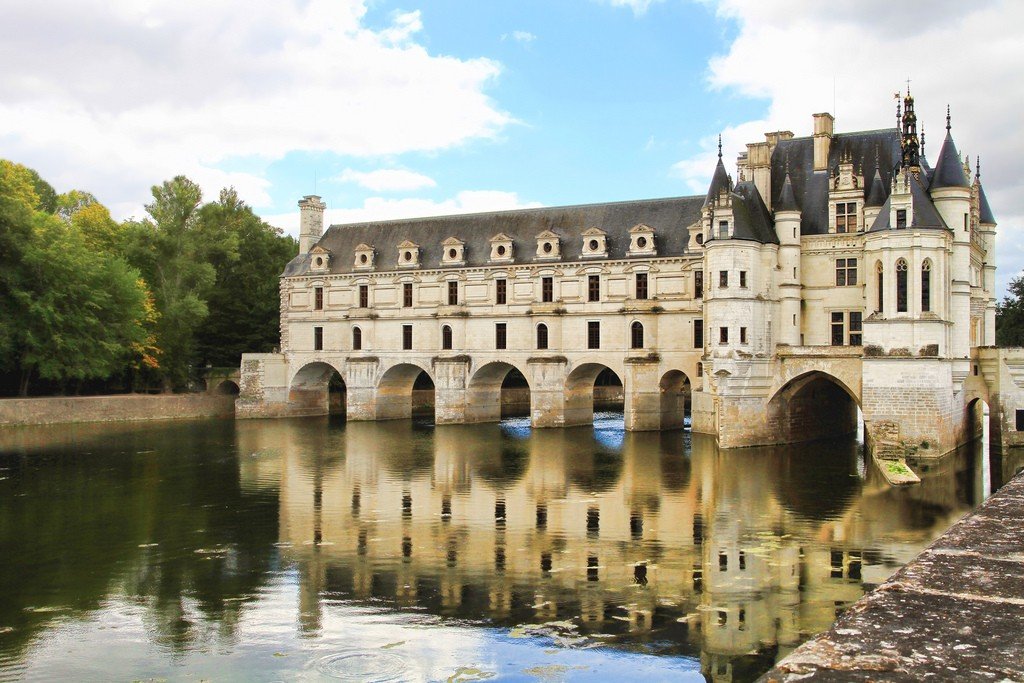
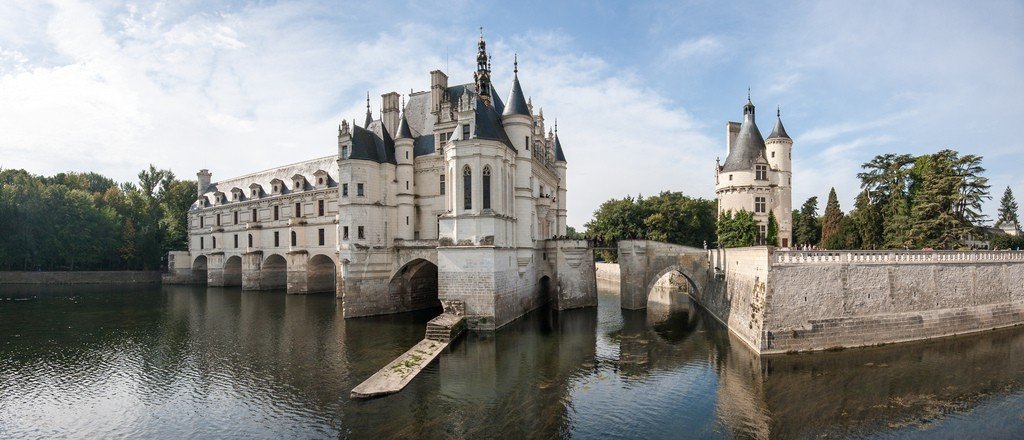
Video: Chenonceau Castle
” title=”YouTube video player” frameborder=”0″ allow=”accelerometer; autoplay; clipboard-write; encrypted-media; gyroscope; picture-in-picture; web-share” allowfullscreen> Contents- Highlights
- History of Chenonceau Castle
- What you can see in and around the castle
- Tourist information
- How to get there
Highlights
The history of the estate on the River Cher dates back over seven centuries. Although the beautiful castle is adorned with a massive donjon tower, it was never intended for military use. The previous owners used it for festivals, hunting and other amusements.
The Chenonceau estate is often referred to as the “Lady’s Castle” because of the fact that the major transformations here were led by women. The erection of the first buildings was led by the owner’s wife, Catherine Bonet. The orchard was managed by the king’s favorite Diana de Puetier. When Catherine de Medici was in power, the park was completely reconstructed and new buildings appeared near the castle. Henry III’s widow, Louise de Vaudemont, lived on the Chenonceau estate for many years and wore white robes until her death in honor of mourning for her husband.
.
Nowadays, the architectural monument has been completely restored. The light-colored walls of the Chateau of Chenonceau are a real decoration of the river valley and look very picturesque, and the wing of the building, thrown over the Cher, gives the impression that the castle floats on the water. An excursion to the historic estate allows you to see the atmosphere of the private quarters of French queens and favorites, admire the antique furniture, rare Flemish tapestries and paintings..
Chenonceau Castle attracts guests not only with its magnificent architecture. People come here to see the wonders of landscape design. These are two gardens laid out by Diane de Poitiers and Catherine de Medici, a yew labyrinth and a vegetable garden, which modern gardeners have recreated in the traditions of the XVII-XVIII centuries. In addition, a wax museum has been opened in one of the rooms, where three-dimensional portraits of the most famous owners of the luxurious estate are exhibited.
History of Château de Chenonceau
Since the middle of the 13th century, the lands where the Château of Chenonceau now stands have been owned by natives of Auvergne, who bore the surname of de Marc. At that time there was an old fortress surrounded by moats and a small mill. At the turn of the XIV and XV centuries, when the country was ruled by Charles VI, Jean de Marck settled in his estate English military garrison. Upon learning of this, the French king ordered all the ramparts and ditches around the fortress to be dug and recognized the rights of the owner of Chenonceau as proprietor.
.
In 1512, the estate was acquired by Thomas Boyer. The new owner served in Normandy as an intendant for financial affairs. He was a zealous admirer of Renaissance architecture and therefore ordered the dismantling of the dilapidated fortress, leaving only the expressive donjon tower. The preserved building is engraved with the owner’s initials and his motto: “Who ever comes here, let him remember me.”
.On the place where the mill stood, on the order of Boyer began to build a stone base with side towers. Completed the castle Shenonceau wife Boyer, and when the couple did not become, the estate was inherited by their son Antoine. However, he was the master of Chenonceau for a very short time.
.In 1533, the estate was taken by the French king Francis I. The formal reason for this expropriation was the financial irregularities allegedly committed during the service of Thomas Boyer. However, at court it was said that the king simply could not resist the beauty of the castle of Chenonceau and decided to use the estate for festivals, hunting, entertaining outings and literary evenings.
.Thanks to Catherine de Medici, the estate was lavishly decorated. Fountains, park obelisks, sculptures, columns and triumphal arches appeared near the buildings. New gardens were laid out, auxiliary buildings were built, and in 1580 a new wing with arches was erected over the river.
.
For a long time the picturesque estate was used by kings, their relatives and favorites, but in 1733 this tradition was broken. The Château de Chenonceau was acquired by the wealthy banker Claude Dupin. His wife remodeled the new property to her own taste, setting up a physical study in the building. Under her in the chateau found a place in a small theater and a fashionable salon, which was visited by many famous people of the time.
.
In 1864, the estate passed to Madame Pelose. The new owner carried out a large-scale restoration, trying to return the Chateau Chenonceau look, which he had before the transformations of XVII-XVIII centuries. On her orders, decorative windows and flamboyant caryatids were removed from the facade, but the wing, thrown over the waters of the Cher, was not touched.
.
From 1888 to the present day, the architectural landmark has been owned by the wealthy Meunier family. During World War I, the building housed a hospital for soldiers. And during World War II, the Château de Chenonceau lay on the border between the lands occupied by German troops and the territory of France, which belonged to the Vichy regime. At that time, a liaison post for French partisans was located inside the building.
.What can be seen in and around the castle
Upon entering the estate, all tourists cross a long plane tree alley that leads to the open space of the front courtyard. Here is the Chancery building, which was built in the 16th century. To the right of the esplanade is a garden laid out in the time of Diana de Poitiers. The oldest part of the chateau buildings – the heavily reconstructed donjon tower – attracts attention in the front yard.
.
The highlight of Chenonceau Castle is a part of the buildings above the Cher River, erected in 1580 under the direction of the talented French architect Androuet Ducerceau. The reflections of the series of arches in the waters of the river make the already beautiful château even more airy and graceful.
.Through the lift bridge, tourists reach the first floor, inside which there are very many attractions concentrated. The magnificent Hall of the Guards holds perfectly preserved tapestries made in the 16th century and ancient chests. Tourists are sure to be led through the Green Room, a room that belonged to Diane de Poitiers, and the Chapel room, which houses fine sculptures made of Carrara marble. There is also a gallery on this floor with paintings by famous Renaissance artists.Straight flights of stairs lead to the second floor of Chenonceau Castle, where you will find the Parade Room and the chambers that at different times belonged to French queens and their daughters-in-law. The chateau’s kitchen, with its many old copper utensils and spit for roasting meat, leaves a great impression.
.
In the service rooms outside the main building, the Wax Museum is now open. Here one can see depictions of the principal mistresses of the Château de Chenonceau, a skillfully crafted collection called the “Gallery of Ladies”. The museum also reproduces scenes from the life of the estate, featuring famous characters from French history.
.
Near the old buildings are a reconstructed farm from the 16th century, a vegetable garden and a flower garden, where flowers are grown to decorate the chateau’s grounds and rooms. Many tourists enjoy wandering through the labyrinth with caryatids. Exactly the same yew labyrinths were popular in the rich estates of France during the time of Catherine de Medici and served for the entertainment of hosts and guests.
.
Donkeys, wild ducks and pigeons can be seen in the park nearby. The luxurious nature of the estate attracts many animals. Squirrels live in the crowns of the park trees, and nutria often come to the banks of the water-filled ditches.
.
Tourist Information
There is so much to see in Château de Chenonceau that you should plan at least half a day to see it. From March to May you can enter the territory from 9.00 to 19.00, in June – until 19.30, in July and August – until 20.00, and in September – until 19.30. At other times of the year the entrance is closed at 17.00. Tickets cost 13 euros for adults, 10 euros for children 7-18 years old, and kids under 7 years old are allowed in for free.
.
In addition to day tours, there are night tours of the park. Journeys to old-time music are organized every Saturday and Sunday in July and August from 21.30 to 23.30..
Dogs are allowed into the Chenonceau parks, but it is essential that pets are on a leash at all times. Owners of small dogs are asked to keep their pets in their arms.
.
Tourists can travel around the castle using information from a booklet published in 15 languages. In addition, iPod-based audio guides with videos in 11 languages are available for sightseers. For those who are tired and want to take a break, a restaurant and cheap eatery are open on the grounds of Chenonceau Castle. And there is a store near the main building selling souvenirs, books and booklets on the history of the castle.
.How to get there
The castle of Chenonceau stands next to the village of the same name, which is located in the Endre et Loire department. This place is 214 kilometers from Paris and 34 kilometers from the city of Tours.
>For those who travel by car, the easiest way to reach the castle of Chenonceau is to take the A10 toll highway. The drive from Paris by car takes about two hours.
.
There is no direct train from the French capital to Chenonceau, and therefore you have to get there with a transfer. First, from the Paris station “Gare Montparnasse” go to the station “Saint-Pierre-des-Corps”, located 4 km from Tours. Such a trip takes about an hour, and the interval between trains is 1.5-2 hours. Then change to a local electric train and within 25 minutes reach the station “Chenonceaux”, which is located near the entrance to the castle grounds.
.If the interval between the train from Paris and the local train is too long, it is more convenient to get to Chenonceaux Chateau by cab. Alternatively, buses from Paris to the château can be taken from Tours.
